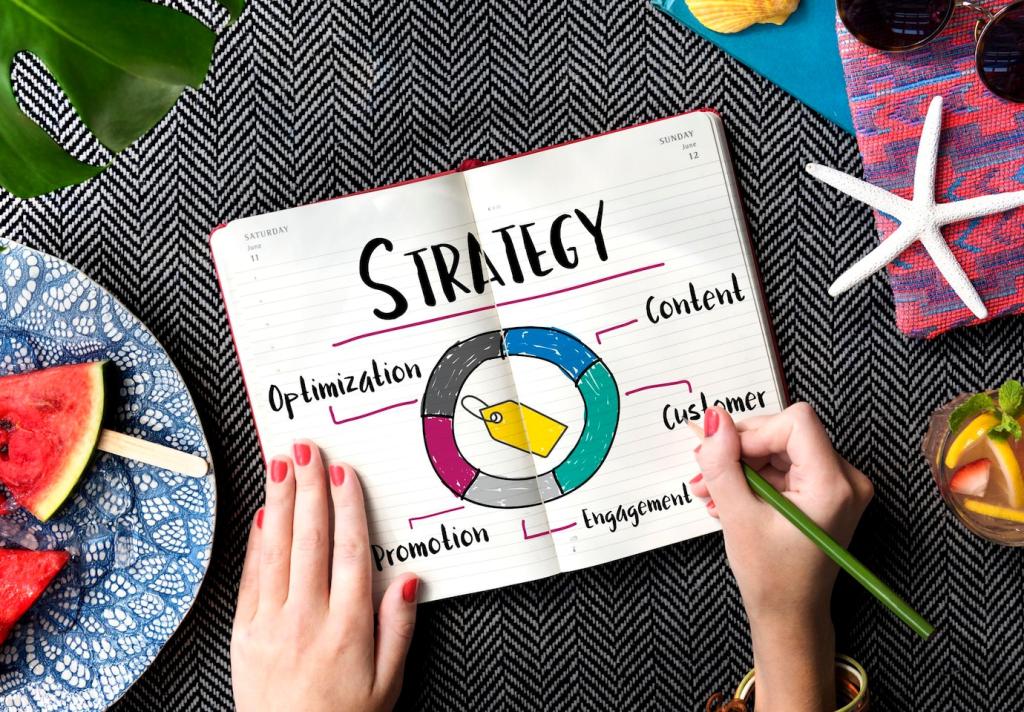Ethical Copywriting for Climate Change Initiatives
Welcome to a space where words fuel climate action without sacrificing truth or dignity. Today’s chosen theme: Ethical Copywriting for Climate Change Initiatives. Discover practical guidance, human stories, and respectful tactics that uplift communities, avoid greenwashing, and build trust. Subscribe and join a growing circle of communicators committed to impact with integrity.




Differentiate carbon neutral, net zero, and climate positive, and clarify whether offsets or removals are involved. Specify baselines, timeframes, and scopes. When relevant, reference recognized frameworks, and explain why your chosen approach is appropriate. Invite readers to challenge definitions that feel fuzzy or incomplete.

Storytelling that Centers Climate Justice
Invite community members to define priorities, language, and visuals. Compensate their time, credit their expertise, and co-own the final narrative. Ask subscribers to recommend grassroots groups whose stories deserve the spotlight, and commit to listening before writing, so representation is meaningful, not symbolic.


Make the Next Step Obvious
Pair every narrative with a single, specific action: sign a policy letter, switch a tariff, join a local retrofit workshop. Include honest time estimates and difficulty ratings. Ask readers to choose the path that fits their capacity today, then share whether the instructions were genuinely easy to follow.
Respect Autonomy Over Dark Patterns
Avoid pre-checked boxes, nag loops, or guilt-tripping countdowns. Offer clear exits, data choices, and quiet opt-in paths. Ethical copy preserves agency because consent matters in climate action, too. Invite subscribers to flag any patterns that feel pushy so we can remove them and rebuild trust.
Social Norms Done Right
Use norms to inspire, not shame: “Thousands in your city insulated attics this winter—here’s how to start.” Cite credible sources, avoid inflated numbers, and emphasize collective efficacy. Encourage readers to contribute stories that show ordinary people shaping outcomes, reinforcing sustainable norms without pressure.
Inclusive, Accessible, and Global-Ready Copy
Use plain language, descriptive headings, alt text, and transcripts. Mind color contrast and font sizes. Target an accessible reading level without diluting meaning. Invite readers using assistive tech to share friction points so we can refine ethical climate copy for everyone, not just some.
Inclusive, Accessible, and Global-Ready Copy
Go beyond literal translation. Adapt metaphors, units, idioms, and examples to local realities. Collaborate with native speakers and community reviewers. Ask multilingual subscribers which phrases resonate—or fall flat—in their regions so our climate narratives remain respectful, accurate, and culturally grounded across borders.



Evidence You Can Stand On: Sources and Context
Reference authoritative sources, note publication dates, and avoid cherry-picking. If findings evolve, say so and update promptly. Encourage subscribers to request a transparent changelog for data revisions, reinforcing that ethical climate communications are living documents rather than static pronouncements.
Evidence You Can Stand On: Sources and Context
Pair emissions figures with plain comparisons and clear baselines. Explain scenarios and assumptions. Where relevant, acknowledge margins of error and confidence levels. Invite readers to ask for deeper methodological notes so your climate copy remains both approachable and technically responsible.
Calls to Action that Respect Time, Money, and Reality
Provide low-, medium-, and high-effort actions with clear time estimates: two minutes, twenty minutes, or a weekend. Match tone to effort. Encourage readers to pick a tier now and subscribe for a weekly prompt aligned with their capacity and climate priorities.
Explain how donations are used, disclose fees, and separate restricted from unrestricted funds. Report outcomes—both successes and lessons. Invite donors to choose communication frequency and preferred topics, reinforcing consent-based relationships in climate philanthropy rather than urgency-driven pressure.
After people act, thank them sincerely and report results—what changed, who benefited, and what still needs work. Ask for feedback on the experience and invite them to shape the next campaign, building an ethical climate movement grounded in reciprocity and transparent learning.

Test, Learn, Improve—Without Crossing Ethical Lines
Explain what you test and why, minimize data collection, and honor do-not-track preferences. Avoid experiments on sensitive groups without safeguards. Ask subscribers to opt in for research newsletters so they can see results and influence ethical testing priorities directly.

